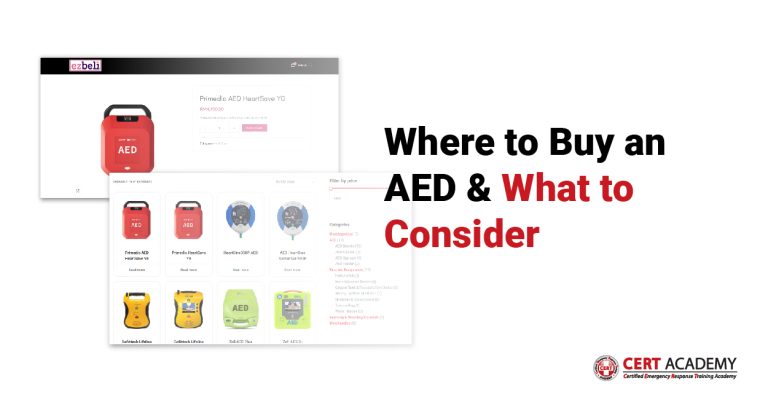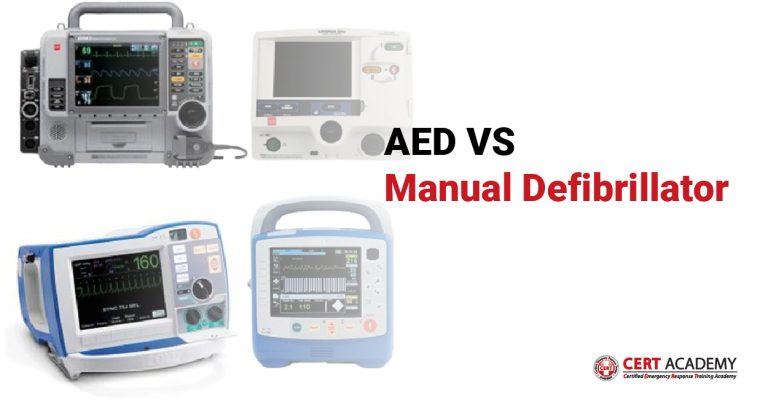Call Us +603-8066 8665
The First Step in AED: Activating Life-Saving Assistance
In times of sudden cardiac arrest, where every second counts, the first step in using an Automated External Defibrillator (AED) can be the difference between life and loss. This simple guide highlights the crucial initial action when faced with a medical emergency.

- Assess the Situation:
The journey begins by assessing the surroundings and evaluating the person’s responsiveness. Gently tap the person and shout, “Are you okay?” to determine if they are conscious and breathing normally.
- Activate Emergency Services:
Upon confirming unresponsiveness and abnormal breathing, the immediate next step is to activate emergency medical services (EMS). Call for professional help, or instruct someone nearby to do so. This swift action ensures that expert assistance is en route.
- Locate and Turn On the AED:
After the emergency services have been activated, the focus shifts to the AED. Check for the presence of an AED in the vicinity. AEDs are often found in public spaces, workplaces, and community areas. Turn on the AED by pressing the power button.
- Follow Voice and Visual Prompts:
Modern AEDs are designed with simplicity in mind. They provide clear voice prompts and visual cues to guide users through the process. Pay close attention to the instructions provided by the AED.
- Prepare the Chest and Apply Pads:
While the AED is initializing, ensure the person’s chest is dry. Remove any clothing that may interfere with the application of AED pads. Attach the pads to the designated locations on the chest as directed by the visual prompts.
- Analysing Heart Rhythm:
Allow the AED to analyse the person’s heart rhythm. During this crucial phase, make sure that no one is touching the person to ensure accurate readings.
- If Shock is Advised:
Based on the analysis, the AED may advise a shock. If so, ensure everyone is clear of the person and press the shock button as directed by the AED.
- CPR Complement:
If the AED advises CPR, follow the instructions provided. Perform chest compressions until the AED reanalyses or until emergency medical personnel arrive.
The first step in using an AED is a cascade of actions that begins with a quick assessment, activation of emergency services, and swiftly locating the AED. The subsequent steps involve careful adherence to the AED’s voice and visual prompts, preparation of the chest, and, if needed, administering a shock. The simplicity of this process underscores the importance of quick and decisive action, reinforcing the idea that anyone, with minimal training, can play a crucial role in saving a life during a sudden cardiac arrest.



